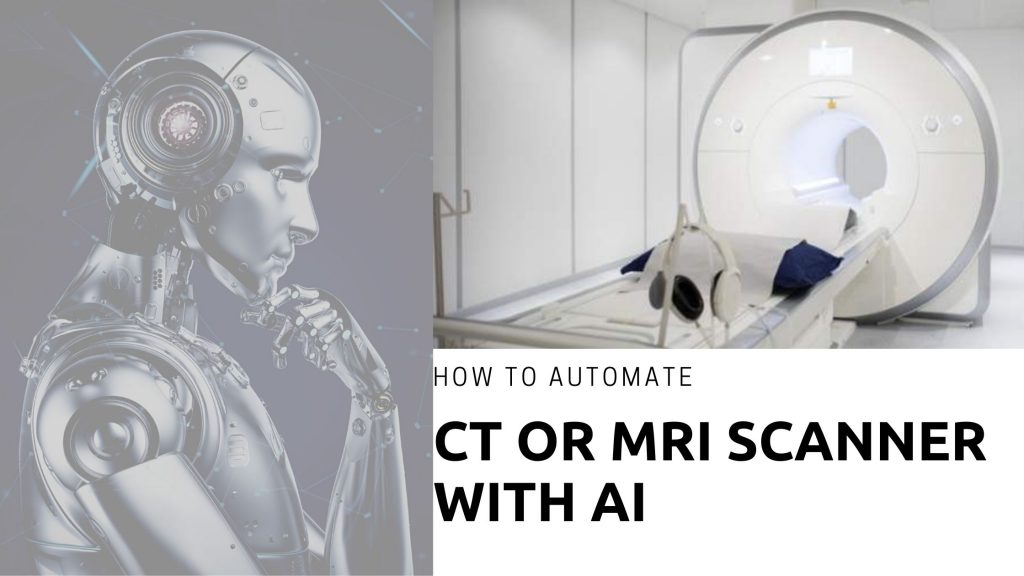When it comes to healthcare, time can be your most valuable asset. The faster you take information and give the treatment the better chance that patient has at surviving an illness or injury without losing their life in return. Sometimes there are problems finding a specialist doctor because it takes a while to train an expert.
“In the past, it was necessary to have a technician or doctor monitor and operate machines. But now with AI technology being so advanced, we can automate these tasks with minimal human input.”
With this, we can create “AI bots” for automated CT and MRI scanners. This will be done by programming AI with an algorithm that will tell the machine what information needs to be taken from each scan.
The benefits of using AI in this manner:
- saves time,
- increases accuracy,
- reduces human error.
All these features combined could save hospitals money while improving patient care!
This is great for doctors as they are able to focus more on their patients instead of operating machinery. It also saves time for both patients and clinics that don’t need technicians monitoring scanners all day long.
Automated CT and MRI scanners
Automating CT or MRI scanner with AI technology can be tough. There are a lot of potential pitfalls and challenges that need to be addressed before automation is considered, such as: how will the data at different locations in the image stack up? How do we know when to stop scanning for an abnormality? Will there be enough contrast between normal tissue and abnormalities? What if there is no contrast? These are just some of the questions that need to be answered before automation can happen. Luckily, I have all these answers for you!

Lets suppose we’ve successfully labeled and trained processes(we will discuss that separately) and have brand new shiny models to help us out. Now it’s time to organize a workflow.
If we are talking about CT or MRI scanner it has to be connected to a machine with GPU on board. When a patient is getting processed it’s video stream is getting sent to our AI component.
CT or MRI scanners have to be connected with an even more powerful machine: the GPU on board! When processing occurs in one of these machines video streams are sent directly into our AI’s components .

Next stage AI will process the stream and find out if there are any features of interest. If it finds anything suspicious then AI will generate alerts for assigned recipients, warning them about potential dangers with pinpoint accuracy while simultaneously displaying this problem on screen for doctors to see immediately the location and other parameters. Moreover, it is possible to tune the model in the way that it is able to categorize cases. This means that if the case is more or less clear then the model just sends it for confirmation to a specialist according to their qualification.

AI technology makes the impossible possible
The use of AI in CT or MRI scanners can be life-saving for patients. CT scans are so important for doctors who need radiographic images of patients’ internal organs, bone structures, vascular systems, etc., but they have always been slow work even with just one person on the job. Now imagine how much more efficient a CT scanner would be if there was no human input required! That’s where AI technology enters the picture. By using this type of software many tasks could become automated including scanning people’s brains to determine cognitive abilities after trauma or disease onset as well as analyzing genetic abnormalities.
We hope that our blog post has given you an idea of how AI technology can help. If there was anything else in particular on your mind or If there’s anything else that needs to be addressed feel free to contact info@datapipesoft.com.
